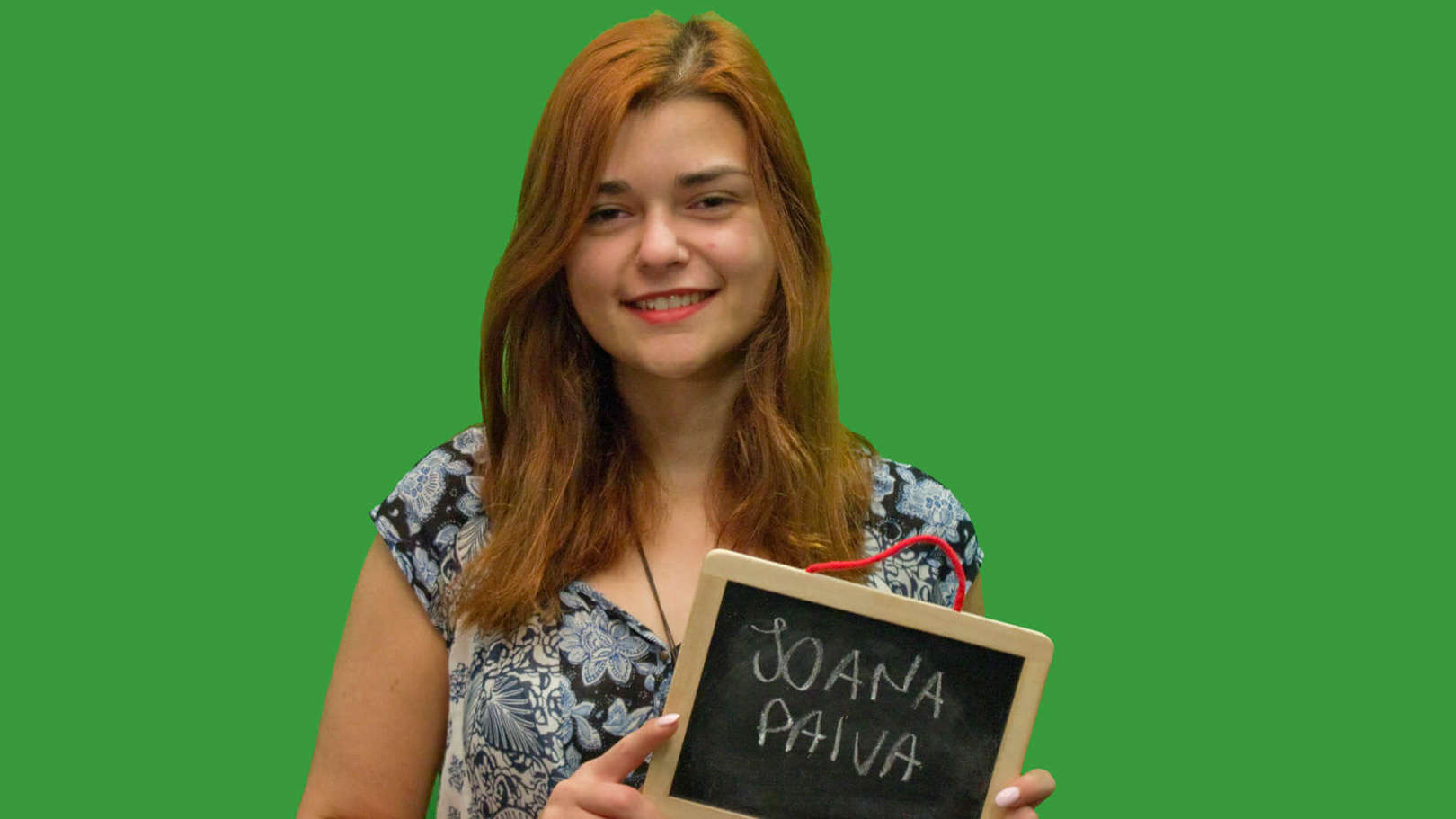About
During my master's degree I acquired knowledge in the field of Neuroscience, Applied Physics, Signal Processing, Brain imaging Techniques and machine learning. In my master thesis, I used signal processing methods and machine learning techniques and contributed by creating knowledge to the future development of systems for human attention training. I have conducted a study in order to identify the most reliable parameters in brain electrical (EEG) signals and ocular activity for predicting fluctuations in attention, and developed a classification platform based on those features. I collected EEG signals and eye measures from 21 healthy subjects. I concluded that phase coherence (synchrony) of EEG signals and pupil diameter can be used for predicting fluctuations in attention levels. I was also enrolled, in 2015, in a FCT Research Grant, in which I developed biometric ECG-based algorithms in a partnership with an industrial partner.
Since January 2016 I have been developing a PhD research project within the scope of near-field optical probes for optogenetic applications in neurological diseases, such Parkinson, and other psychiatric diseases as Depression or Bipolar Disorders. I am currently studying applied photonics to biomedical applications. I am therefore extremely interested in and enthusiastic about pursuing further study in the field of Medical Applied Physics. I believe that my research experience in Applied Neuroscience’s field and Optics is a particular strength given my interest in following this research line. During my studies and my current research project, I have managed to integrate myself in several research teams, interacting with different persons and different working methods thus demonstrating important skills necessary to pursue the proposed research project.
During my studies at UC, I have attended to several conferences and courses of my research area. I have enrolled in an English Language Course of 120 hours at Faculty of Letters of the University of Coimbra (two semesters). In addition, I wrote some articles for the Physiscs Department Journal.
I have also received two awards for being one of the top 3% students of the Integrated Master in Biomedical Engineering in 2013 and 2014. Recently, I also won a Full Travel Grant in order to attend to the International School on Light Sciences and Technologies, in Santander, Spain, 2016.


